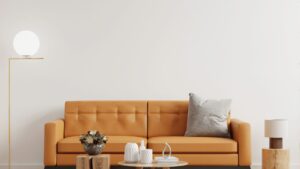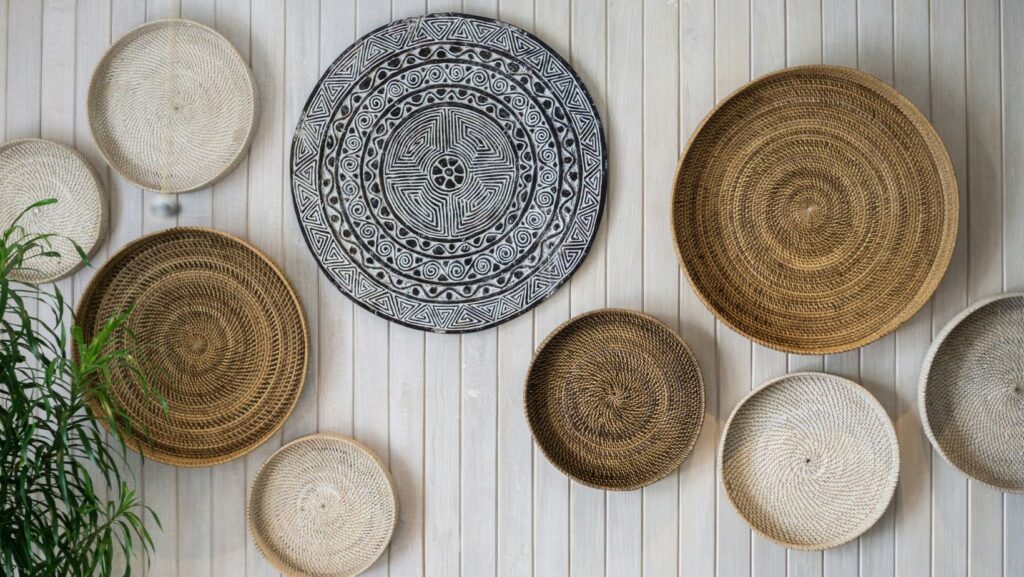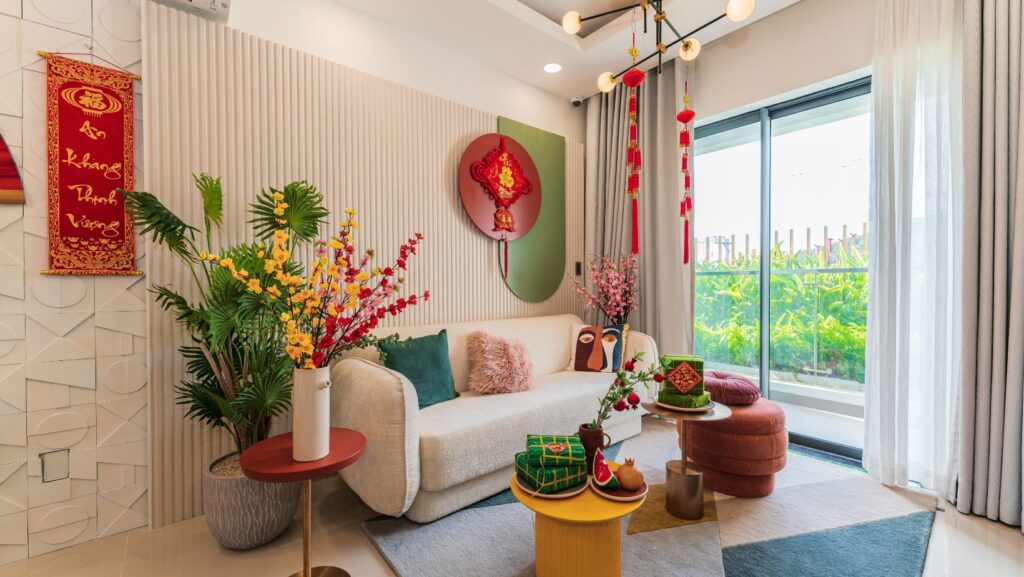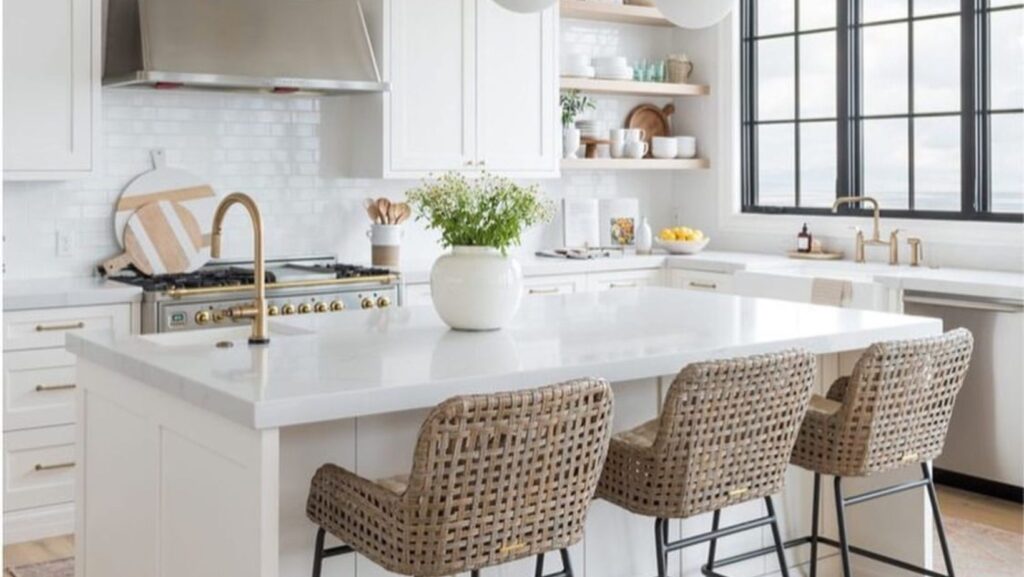Key Takeaways
- Personalization: Home signs decor is an effective way to showcase individual style and add a personal touch to any living space, transforming it into a vibrant expression of personality.
- Variety of Styles: The decor comes in various styles including rustic charm, modern minimalism, and vintage appeal, each enhancing the ambiance based on different aesthetics and preferences.
- Material Choices: Common materials for home signs include wood, metal, and fabric, each offering unique characteristics in terms of durability and visual appeal, accommodating diverse design themes.
- Practical Functions: Home signs serve multiple purposes beyond decoration, such as providing direction and displaying personal messages, which contribute to an inviting and functional space.
- Design Tips: Effective incorporation of home signs involves choosing focal points, mixing materials, matching colors, and personalizing thoughtfully to create an engaging and cohesive decor arrangement.
- Seasonal Updates: Regularly updating home signs to reflect seasonal changes or holidays keeps the decor lively and maintains an inviting atmosphere throughout the year.
Home signs decor adds a personal touch to any living space, transforming ordinary walls into vibrant expressions of individuality. From rustic wooden signs to sleek modern designs, these decorative elements not only enhance aesthetics but also convey messages that resonate with homeowners and guests alike.
In a world where personalization is key, home signs serve as a unique way to showcase personality and style. Whether it’s a warm welcome at the front door or a quirky quote in the living room, these signs can create an inviting atmosphere that reflects the essence of home. Discover how the right decor can elevate spaces and spark conversations, making every corner feel truly special.
Home Signs Decor
 Home signs decor plays a crucial role in personalizing living spaces. These decorative elements come in various styles, including rustic, modern, vintage, and farmhouse. They serve multiple purposes, such as enhancing aesthetics and conveying meaningful messages.
Home signs decor plays a crucial role in personalizing living spaces. These decorative elements come in various styles, including rustic, modern, vintage, and farmhouse. They serve multiple purposes, such as enhancing aesthetics and conveying meaningful messages.
Types of home signs decor include:
- Wall Art Signs: Wall art signs incorporate inspirational quotes, family names, or custom messages, creating focal points in rooms.
- Directional Signs: Directional signs guide visitors, showcasing different areas of the home or providing whimsical directions.
- Welcome Signs: Welcome signs greet guests at entrances, expressing hospitality and creating an inviting atmosphere.
- Seasonal Signs: Seasonal signs celebrate holidays and changing seasons, allowing for timely updates that refresh decor easily.
- Personalized Signs: Personalized signs reflect individual styles through names, dates, or unique phrases, making spaces truly one-of-a-kind.
Craft materials for home signs decor often include wood, metal, and canvas, each offering distinct visual appeal and durability.
Home signs decor fosters a sense of belonging and contributes to conversation starters, enriching the overall ambiance and making spaces feel unique. Choosing the right pieces adds character and warmth, reflecting values and personal taste.
Popular Styles of Home Signs Decor
 Home signs decor encompasses various styles that enhance the personality of living spaces. The following sections explore popular styles that resonate with different aesthetics and preferences.
Home signs decor encompasses various styles that enhance the personality of living spaces. The following sections explore popular styles that resonate with different aesthetics and preferences.
Rustic charm features natural materials like wood and metal, emphasizing warmth and simplicity. Signs often include distressed finishes and handwritten fonts, creating an inviting, homey vibe. Common themes include nature, family, and farm life, with phrases like “”Home Sweet Home”” or “”Welcome to Our Nest.”” These elements contribute to a cozy atmosphere, perfect for country or cottage-style interiors.
Modern Minimalism
Modern minimalism emphasizes clean lines and uncluttered designs, focusing on functionality and form. Home signs in this style typically use sleek materials such as acrylic or polished metal, showcasing simple, elegant typography. Colors remain neutral, often black, white, or gray, highlighting minimalist expressions like “”Be Kind”” or “”Live Simply.”” This approach suits contemporary spaces, complementing an understated yet sophisticated look.
Vintage Appeal
Vintage appeal incorporates retro aesthetics and nostalgic designs, often featuring faded colors and classic fonts. Signs evoke memories and charm, with phrases such as “”Bistro”” or “”Ice Cream Parlor.”” Materials like reclaimed wood or metal add authenticity, fitting perfectly into eclectic or country-style decor. This style celebrates timeless beauty, making spaces feel warm and historically rich.
Materials Used in Home Signs Decor
Various materials contribute to the unique appeal of home signs decor. Each material offers distinct characteristics, enhancing the overall aesthetic and durability of the signs.
Wood
Wood serves as a classic material for home signs decor. It offers a warm, organic feel that complements various design styles. Common types of wood used include pine, cedar, and oak, each providing its unique grain and finish. Wood signs are often finished with natural stains or paints, allowing customization to match existing decor. Their sturdiness ensures longevity, making them ideal for both indoor and outdoor use.
Metal
Metal adds a contemporary touch to home signs decor. Popular choices such as aluminum, steel, and wrought iron deliver sleek appearances and robust durability. Metal signs can feature intricate designs achieved through cutting or etching processes. They also resist weather elements, making them suitable for outdoor displays. Various finishes—like galvanized, painted, or rusted—allow for customization while maintaining a modern aesthetic.
Fabric
Fabric offers versatility for home signs decor, often used in banners or wall hangings. Common materials include canvas, burlap, and felt. Fabric signs are lightweight and easy to display, allowing for frequent updates or seasonal changes. Custom printing options enable personalized messages or designs, enhancing their appeal. Additionally, fabric can soften spaces, contributing to a cozy atmosphere while maintaining visual interest.
Tips for Incorporating Home Signs Decor
- Choose a focal point: Select a key area in a room, such as above a fireplace or on a prominent wall, to display home signs decor. This creates a visual anchor that draws attention.
- Mix materials: Combine various materials like wood and metal to add texture and depth. This approach enhances visual interest and complements different design styles.
- Match colors: Ensure that the colors of the signs harmonize with existing decor. Use color palettes that reflect personal taste and create a cohesive look throughout the space.
- Vary sizes: Incorporate a range of sizes, from small accents to large statement pieces. This variation adds dimension and helps create an engaging arrangement.
- Use spacing wisely: Maintain appropriate spacing between signs to prevent a cluttered appearance. Consistent spacing enhances readability and visual clarity.
- Personalize thoughtfully: Include personalized elements, such as family names or meaningful quotes, to infuse the decor with individual significance. This elevates the emotional connection to the space.
- Rotate seasonally: Regularly change signs to reflect seasons or holidays, enhancing the decor’s freshness. Seasonal variations keep the atmosphere lively and engaging.
- Incorporate function: Use directional or informational signs to serve practical purposes, like guiding guests or labeling spaces. This adds functionality while maintaining a decorative appeal.
Rustic Charm
Home signs decor plays a crucial role in transforming living spaces into reflections of personal style and warmth. By thoughtfully selecting and arranging various types of signs, individuals can create inviting environments that resonate with their unique tastes.
The blend of materials and styles not only enhances visual appeal but also fosters a sense of belonging. Whether opting for rustic charm or modern minimalism, the right decor can elevate any area.
Incorporating these elements thoughtfully allows for a dynamic atmosphere that evolves with personal preferences, ensuring that each space remains not just a house but a true home.


